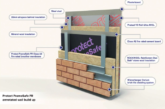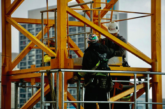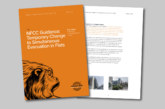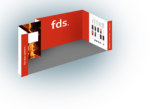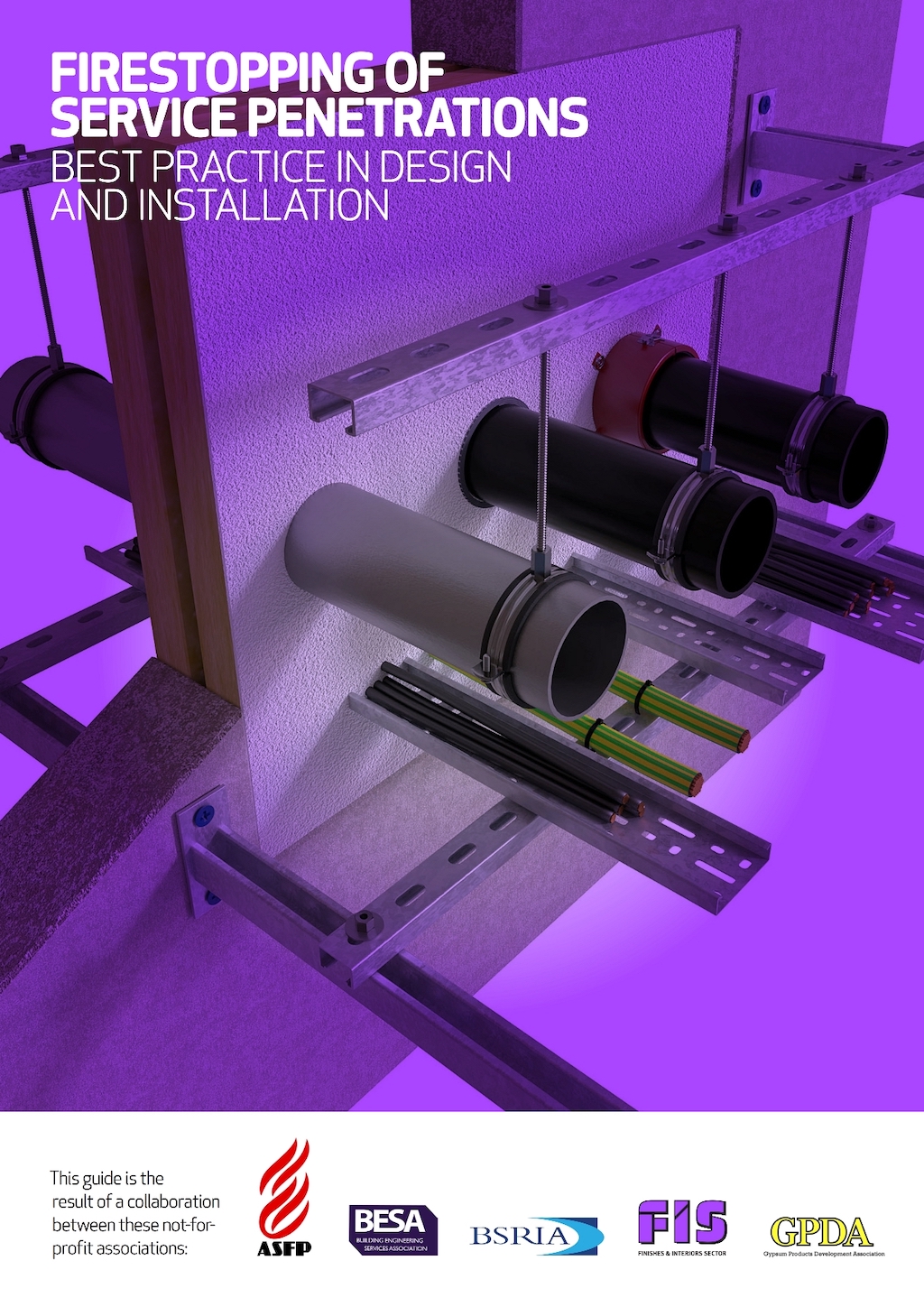
The Royal Institute of British Architects (RIBA) has approved the recently launched Firestopping of Service Penetrations, Best Practice in Design and Installation Guide as assessed Continual Professional Development (CPD) material. This enables architects to download and read the guide and log this towards their 35 hours of required CPD each year.
The RIBA-approved guide was produced collaboratively by the Association for Specialist Fire Protection (ASFP), Building Engineering Services Association (BESA), Building Services Research and Information Association (BSRIA), Finishes and Interiors Sector (FIS) and the Gypsum Products Development Association (GPDA) to assist in the design, specification and installation of building services penetrations through fire compartment walls and floors in new buildings to ensure that fire compartmentation is maintained.
The guide defines nine Golden Rules that should be followed during the design and installation of firestopping for service penetrations. These range from early engagement with manufacturers at the initial design stages through to specifying third party certificated products and installers and implementing a structured inspection plan.
It offers advice to help architects to:
- Understand the design process for the selection of firestopping of service penetrations
- Understand the importance of early engagement
- Understand the terms and definitions used in fire stopping
- Understand the key questions to ask to ensure a compliant installation of firestopping
- Define roles and responsibilities
- Use a fire strategy drawing
- Read the data provided by the firestopping manufacturer to ensure a compliant installation at the design stage
- Design service openings
- Select compliant firestopping products
Commenting on RIBA’s approval, ASFP CEO Niall Rowan declared: “We welcome RIBA’s recognition of this excellent best practice guide and thank the Institute for its continued support in educating architects and others of the vital role of fire compartmentation in buildings and, particularly, the need for early engagement with specialist manufacturers and contractors.
“Firestopping must be properly designed and specified and should only be installed by specialist contractors who can demonstrate their competence. All ASFP contractor members are third party certificated and must prove that a proportion of their employees have been suitably trained and/or have achieved appropriate qualifications in passive fire protection.”
The guide is free to download from each of the association’s websites: ASFP; BESA; BSRIA; FIS; and GPDA.


